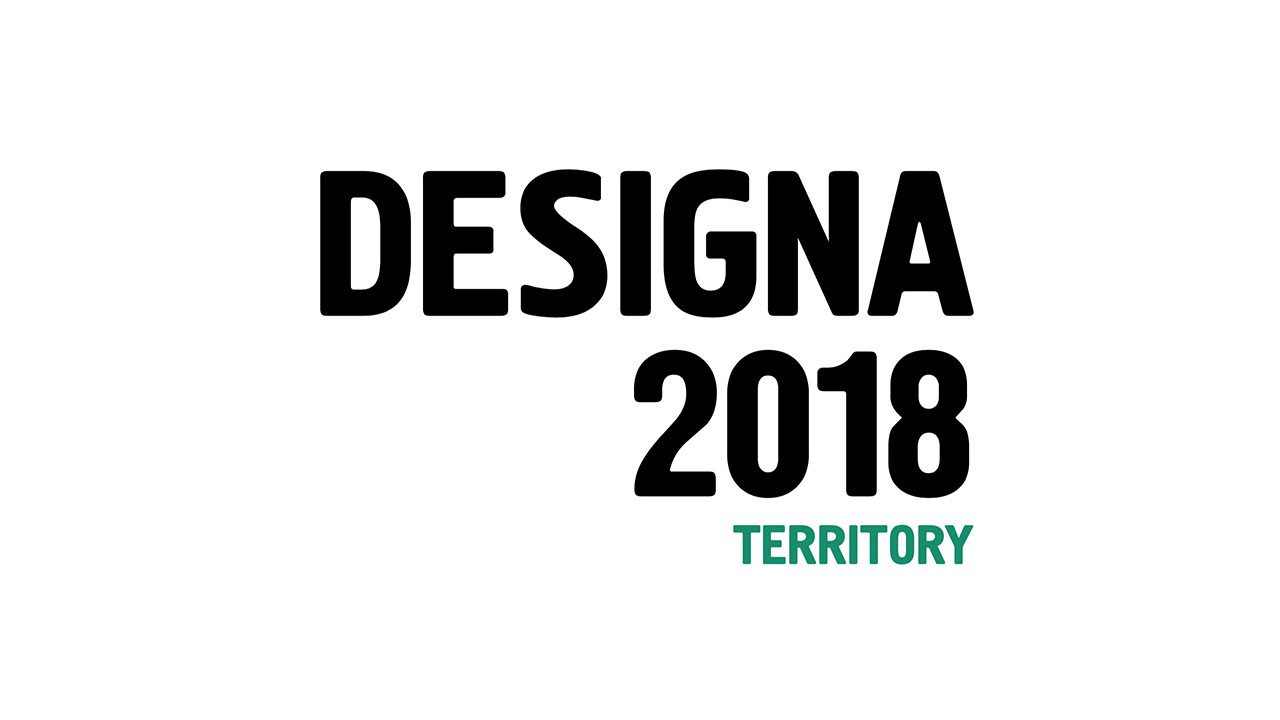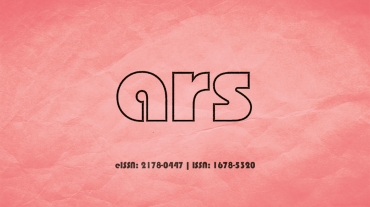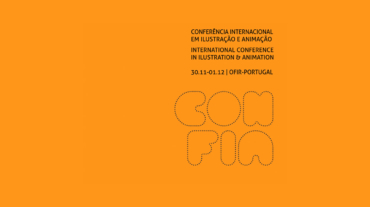Berserk as a Paradigm of Animations in Analog and Digital Territory
Abstract
Animation as a visual language is constantly evolving. The migration of the production from the analogue to the digital territory is marked by the influx of new technical and aesthetic possibilities in the way of communicating to a contemporary audience in the different media. Because it’s one of the most iconic works in the world of manga, Berserk was used as a study object to map that territorial migration. This choice is grounded by its success for over 20 decades and its several adaptations in both analogue and digital languages. Berserk’s adaptations from manga to anime were analyzed with the goal of understanding the aesthetic nuances from both analogue and digital territories and create a critical opinion about the qualities and benefts of each of the individual adaptation cases and with the goal of reaching an expanded view on the different effects that both techniques bring to the story and how the design of characters in different techniques influences the creative process. More than the territory where the adaptations were produced, what the analysis of Berserk and its adaptations present as a pivotal point is the artistic directions taken during the production of each anime.




